As exhibitions, collection priorities, directors, and curators are constantly changing, in an art gallery it is difficult sometimes to decide what should remain on more-or-less ‘permanent’ display. One of the Gallery’s most popular works with visitors is Blandford Fletcher’s painting Evicted, depicting a mother and daughter and their nosey neighbours. Whenever taken off display, it’s only a matter of weeks before comments start to appear and gallery staff are regularly questioned as to the painting’s whereabouts.
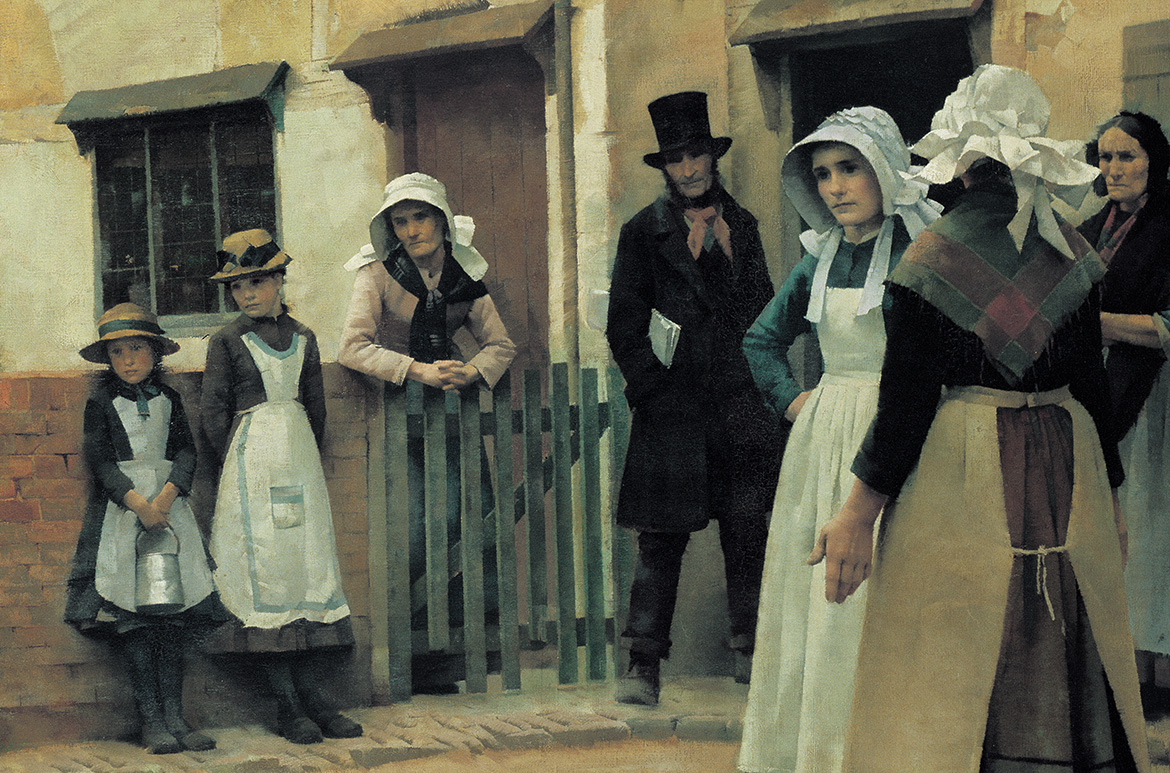
Paintings such as Evicted fell out of favour in the early years of the twentieth century. With the passing of Queen Victoria in 1901 and the emerging prosperity and relative peace of the Edwardian era, images of childhood, poverty, old age and religious piety suddenly seemed out of step and were seen as sentimental and overly-laden with emotion. We should remember however that the Victorian era was an age of storytelling in both words and pictures.
Children’s books, the novel and the illustrated periodicals of the time were basically what films, television and magazines are to the current age. Artists and writers appealed directly and emotively to their audiences through novels, serialised periodical stories, plays, paintings and illustrations. Novels and paintings provided models of behaviour – both good and bad. Moralistic intent was often at the heart of artistic endeavour.
Charles Dickens is widely acknowledged as a master of the realist novel form – perfectly suited to portraying the new industrialised, teeming urban masses where inequality, disease, class antagonism and all manner of moral evil provided unprecedented narrative drama for the writer.
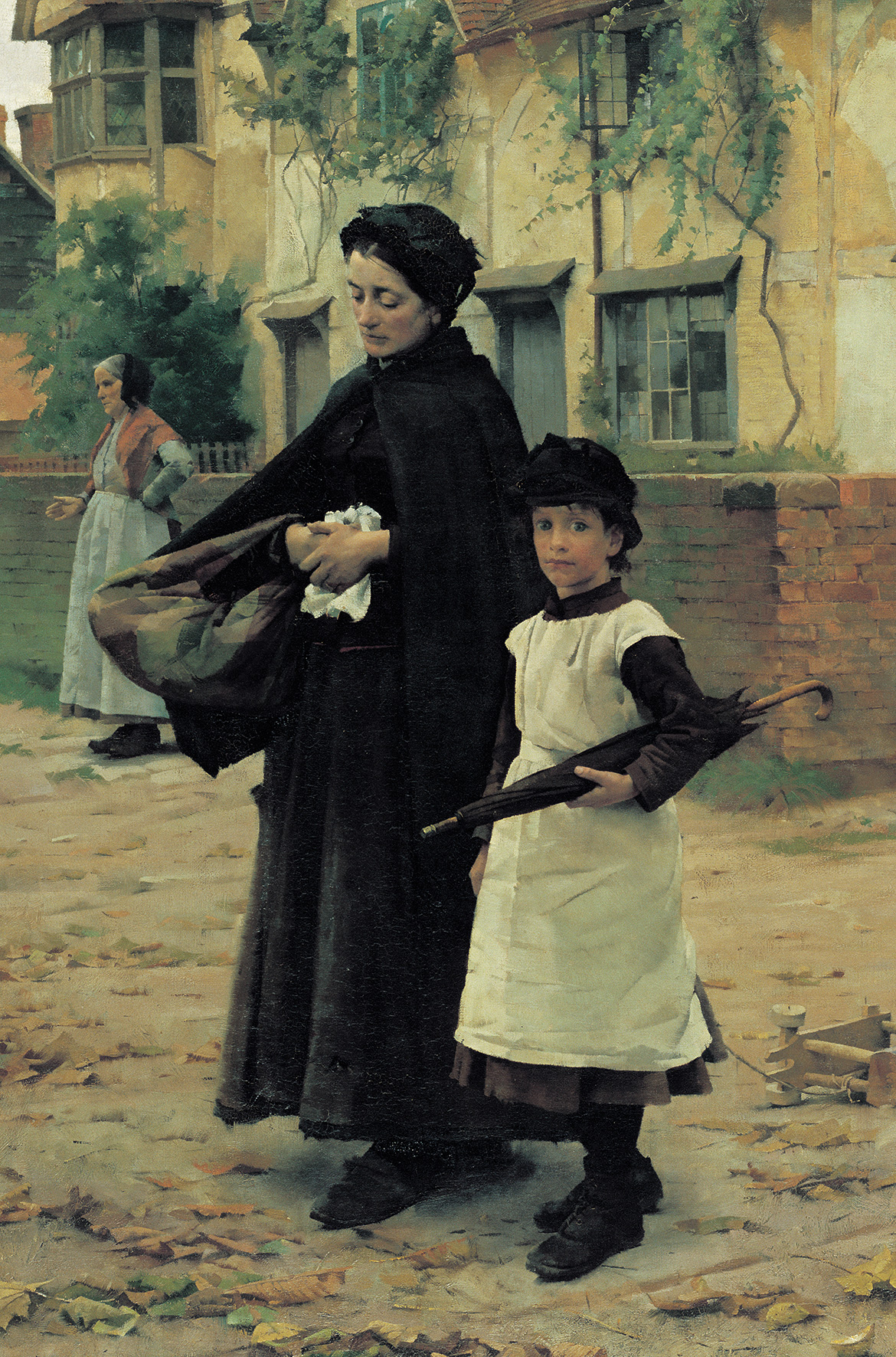
The plight of the woman and her daughter in the painting is not explicitly connected to the industrial age but the narrative potential of the work is open-ended enough for a viewer to interpret, surmise and guess at the reasons for the eviction of this small family.
An unprecedented increase in population in Britain during Queen Victoria’s reign was concurrent with industrialisation and urbanisation. Overcrowding of towns and cities resulted in critical shortages of housing for anyone unfortunate enough to be unemployed or disenfranchised of a family life. For a woman to be widowed or worse, unmarried with a child, was at the time tantamount to a life of destitution.
By the time Fletcher painted this work, very few children were still working in factories or coal mines as they had in the early nineteenth-century although many women still laboured as domestic servants in upper middle-class homes. A series of reforms and acts from the 1870s and 80s had gradually improved the conditions for women to divorce, gain work and obtain custody of children. By the end of the nineteenth century it was increasingly recognised that children needed the protection of a safe family environment. A flourishing industry in children’s publications, toys and reforms in the schooling of children reflected this changing perception of childhood in society.
Sentimentality in Victorian genre painting came to be maligned by critics by the end of the nineteenth century and indeed many artists traded on clichés and trite appeal to the viewer’s emotions. However, many Victorian subjects presented contemporary issues that ran parallel with people’s lives – narratives that were recognisable and invited viewers to participate in them – a phenomenon that is now catered to through television soap-operas.
Paintings such as Fletcher’s Evicted provided Victorian viewers with a reflection of their world and immediate past. That they still appeal to contemporary audiences is testimony to their enduring attraction as pictorial expressions of human emotions.
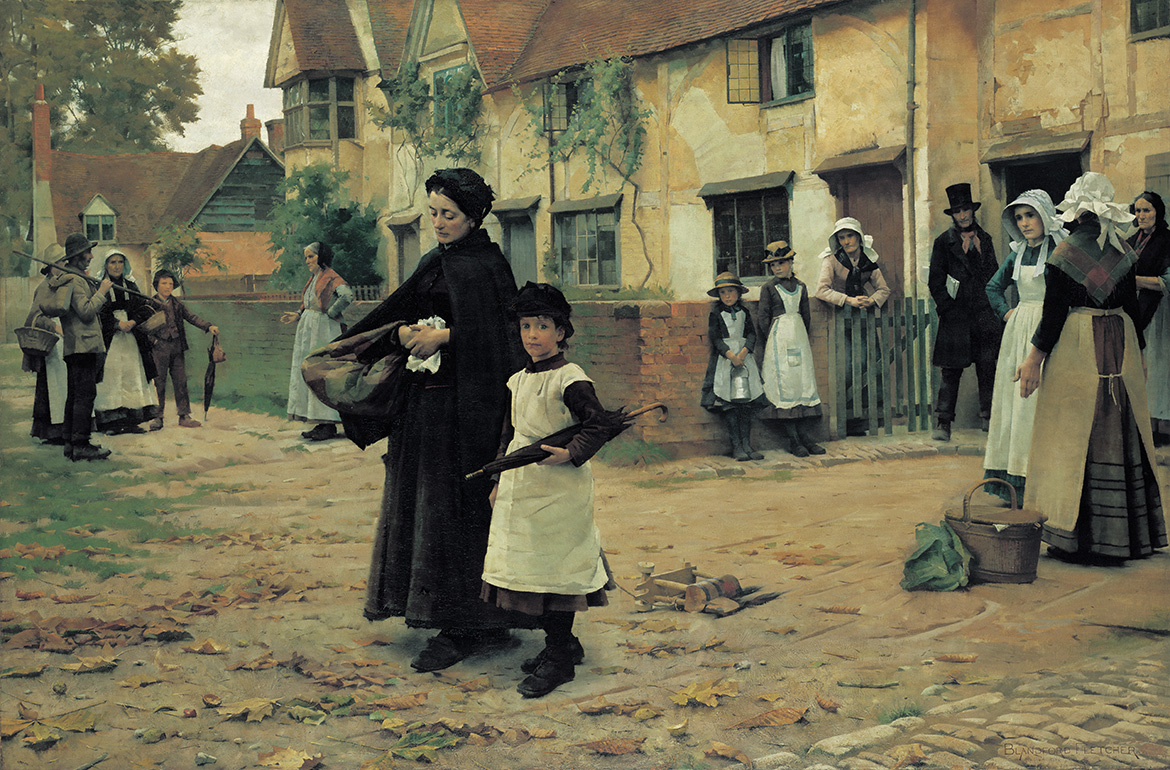
Subscribe to YouTube to go behind-the-scenes / See what’s on in Brisbane / Hear artists tell their stories / Read about your Collection
Feature image detail: Blandford Fletcher Evicted 1887
#BlandfordFletcher QAGOMA
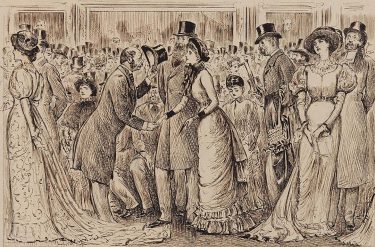
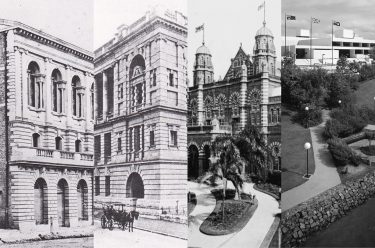
On my first visit to Australia in 1993 1 discovered the Blandford Fletcher painting, Evicted, in your museum. On returning home to Abingdon in England, only a few miles from the village of Steventon depicted in the painting, I searched out the cottage in the picture and took a photograph of it from the same viewpoint. The following year I had a second trip to Australia and handed in my photograph with a covering letter to your staff. On a third visit in 1996 I was delighted to to see my photograph displayed alongside the oil painting. Since then I have had another five visits to Australia and to QMA but Evicted was never on display. Glad to know it is enjoying a new airing but my old age (87) means I can no loner make the journey to see it even though my daughter and family are Brisbane residents.
PS From my bedroom I can see The Tythe Barn depicted in another of the artist’s paintings.
Best wishes from Up Over.
could i please see picture of cottage from painting EVICTED as it is when Nigel West sent it to ypu, i have been searching for years Patricia Fines